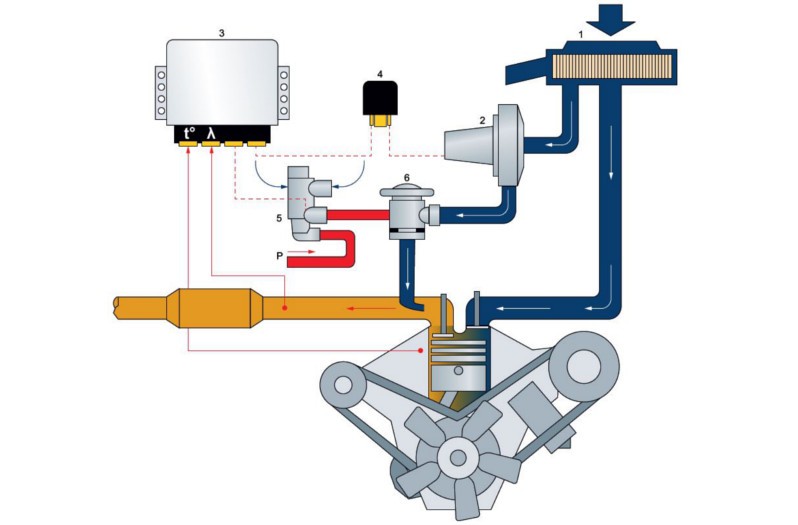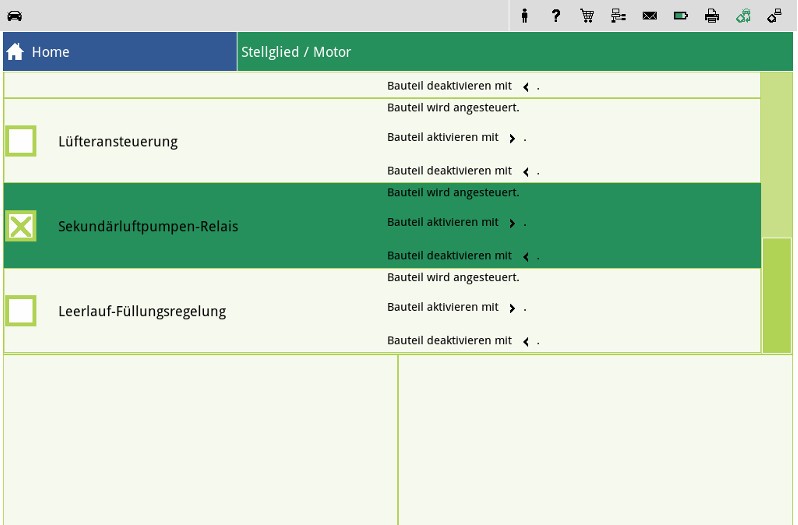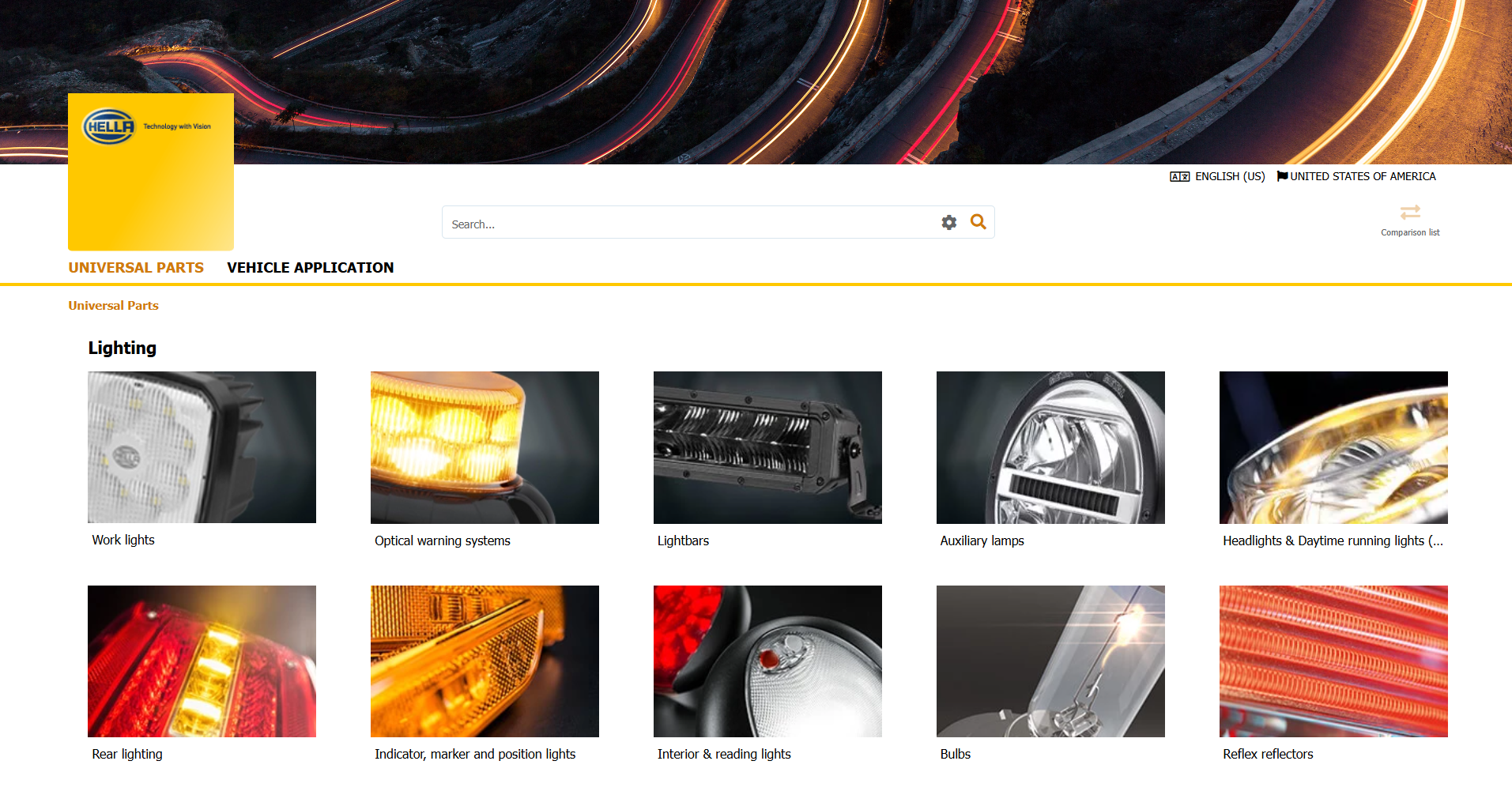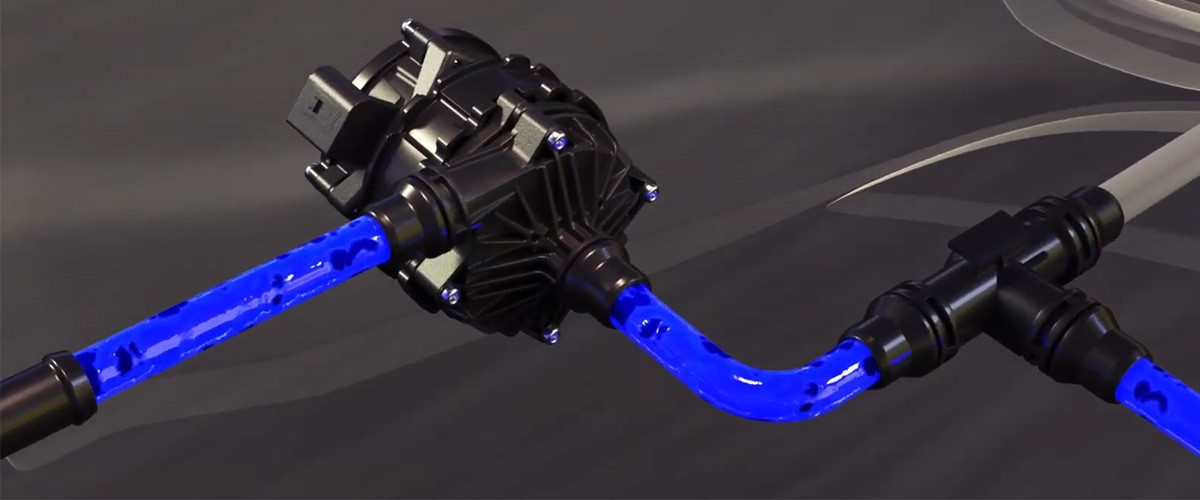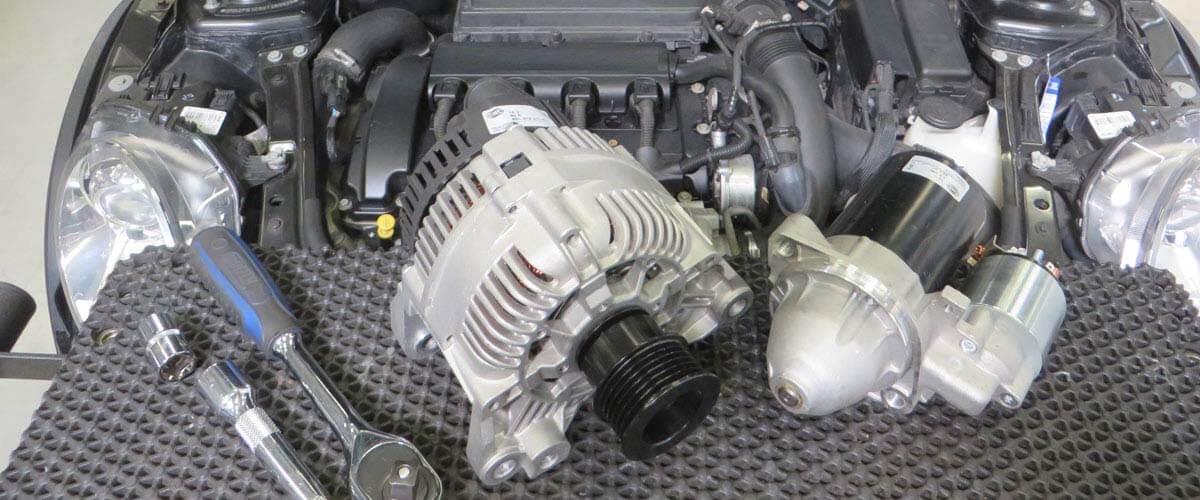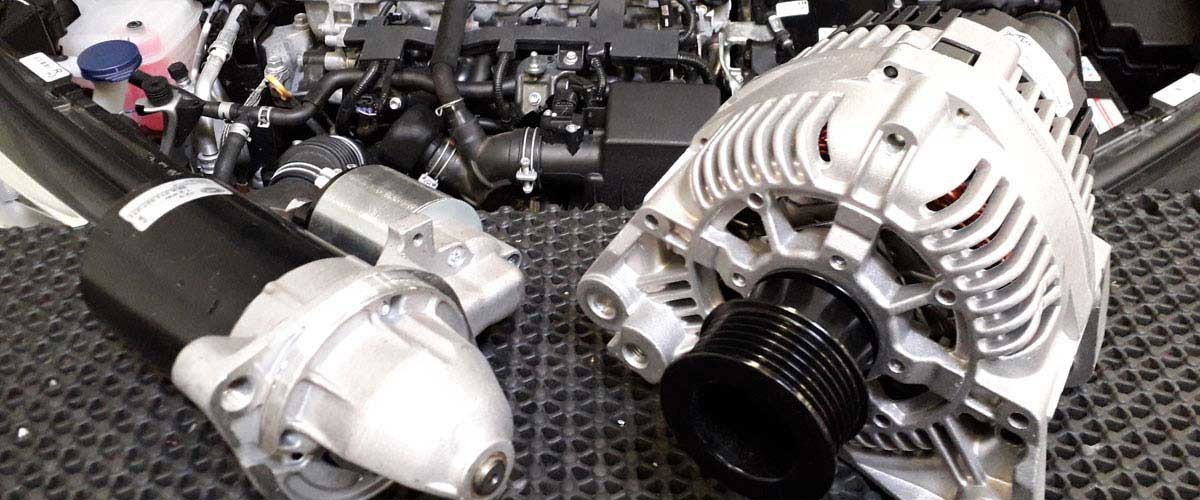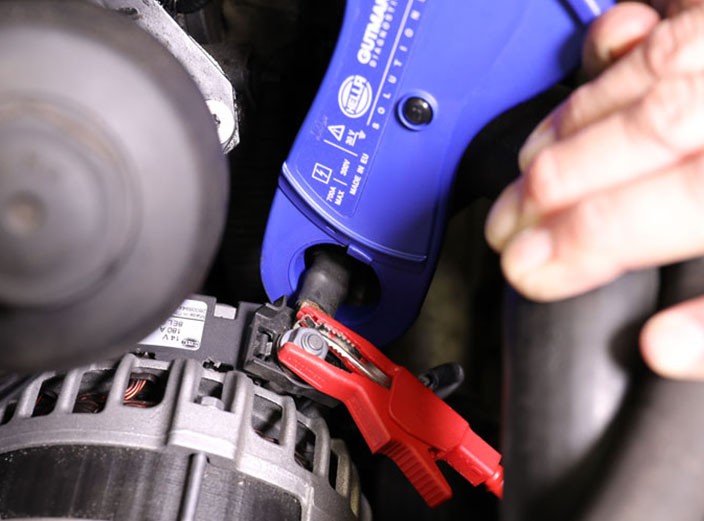Reading stored faults
Any stored faults can be read out from the fault memory and rectified.
If no faults are stored in the fault memory, the electric pump can be switched on using the actuator test. During this test, the function of the control relay is also tested at the same time.
The triggering of the control valve can also be checked with the actuator test. The function of the control valve can also be tested without a diagnostic unit. For this, remove the vacuum line which leads to the combination valve. Start the cold engine.

